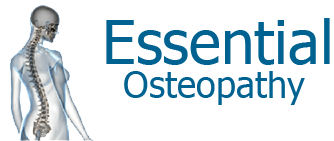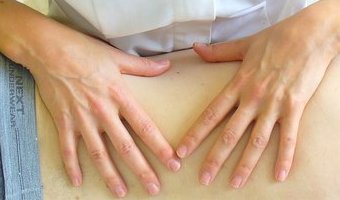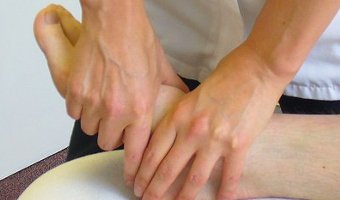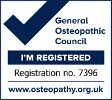Backpain: Prevention is better than cure
Back pain causes 5 million people to consult their doctor every year and will cause pain to one in 5 of us at some point in our lives.
In the majority of cases the problem comes on slowly, starting as back ache, reduced movement and can also include shooting pains into the legs. It can be caused by many different factors including arthritis, trauma, slipped discs or sciatica – leg pain due to trapped nerves. More recently it has been linked to people having increasingly sedentary lives rather than the traditional industry related injuries such as burns and cuts. Increasingly doctors are left with limited options (such as medications and physiotherapy for which there is often a long waiting list with which to help patients) so the person is left trying different therapists and therapies for a cure.
Research seems to show that surgery is not a quick fix for back pain and is only necessary in less than 4% of cases. It indicates that prevention is indeed better than cure and that exercise and good posture are very important, particularly in conjunction with a therapy such as Osteopathy.
Weak stomach and back muscles mixed with a sedentary lifestyle is a recipe for bad backs. Exercise strengthens the core muscles of the abdomen and spine and eases the tension in the back. Any exercise is good, although it is best to avoid high-impact sport if you have just had an episode of back pain – perhaps stick to walking, cycling and cross-training for example. Try and aim for at least 30 minutes of exercise 3 times per week where you are getting your heart pumping a bit harder than when you are at rest (you are working too hard if you are not able to talk while you are exercising). One session per week of pilates or yoga is also recommended as an ongoing means to avoiding back pain. Both are very effective, although it always important to proceed through each exercise slowly if you are a beginner and only attend classes with teachers who are moving around the room and watching that you are doing the exercises correctly. One to one classes are the ideal way to get personalised instruction and introduce you to exercises at your pace.
Start the day with some gentle knee hugs and stretches and then make a habit of taking regular breaks from your computer if you are very sedentary at work – every 45 minutes or so – perhaps doing some of the exercises below to keep yourself pain-free.
- Neck stretch – reach down and hold on to the side of the chair with the right hand while gently tilting your head to the left. Feel the stretch down the right side of your neck and shoulder. Hold for 20 seconds and repeat on the other side.
- Chest stretch – using a resistance band (which can be bought at most department stores), hold the band over in a wide grip over the head. Take the arms back so that you stretch out the front of the chest. Hold for 20 seconds. Avoid if you have shoulder problems.
- Spinal twist – with your feet flat on the floor, tighten the abdominal muscles and gently twist your upper body. Only twist as far as is comfortable and keep your back straight and hips facing forward. You can hold onto the side of the chair to deepen the stretch. Hold for 25 seconds and repeat on the other side.
- Shoulder rolls – take a breath in and then roll your shoulders backwards and down while exhaling. Take another breath in and then exhale while rolling your shoulders forward. Repeat 5 times.
- Upper back stretches – Stretch the arms out and rotate them so that the palms face away from each other. Cross the arms so that the palms are pressed together or lace your fingers together if this is uncomfortable. Tighten the abdominal muscles and round the back, reaching away as you relax the head and shoulders. Imagine you are curving over a ball. Hold for 30 seconds.
- Lace your fingers together and stretch them to the ceiling. Take a deep breath in as you stretch up as high as you can. Stretch to either side and then exhale, open the arms and sweep them back down. Repeat 8 times.







